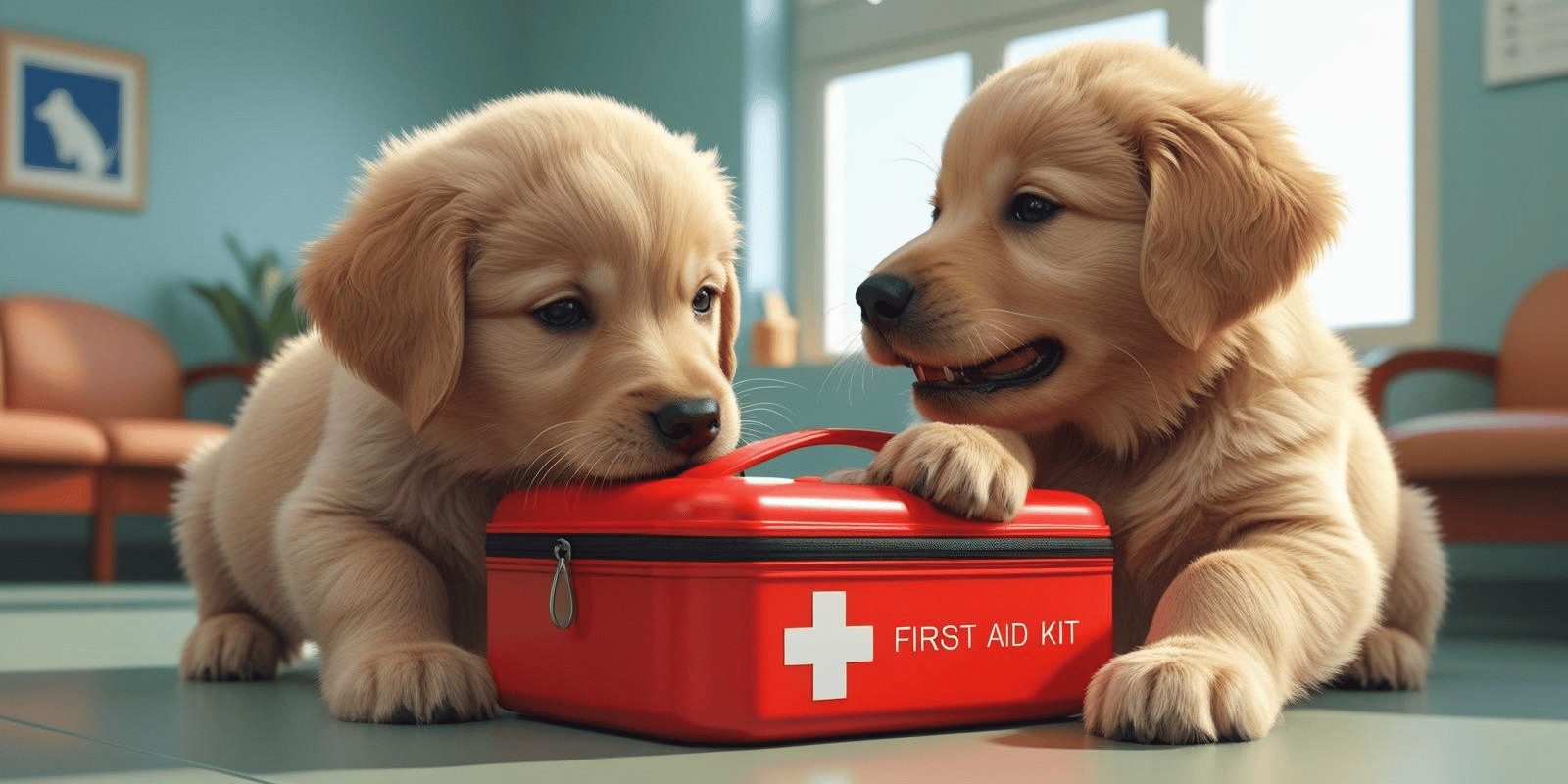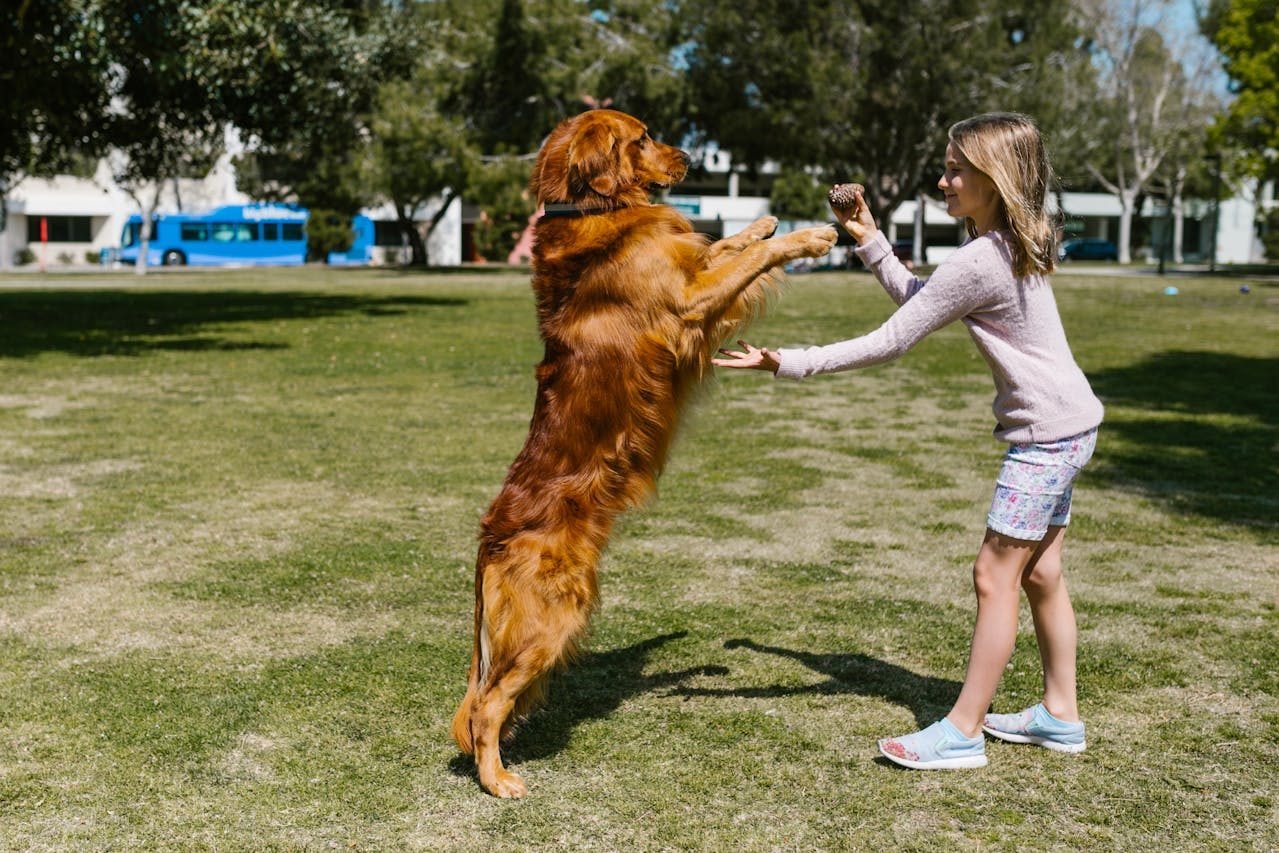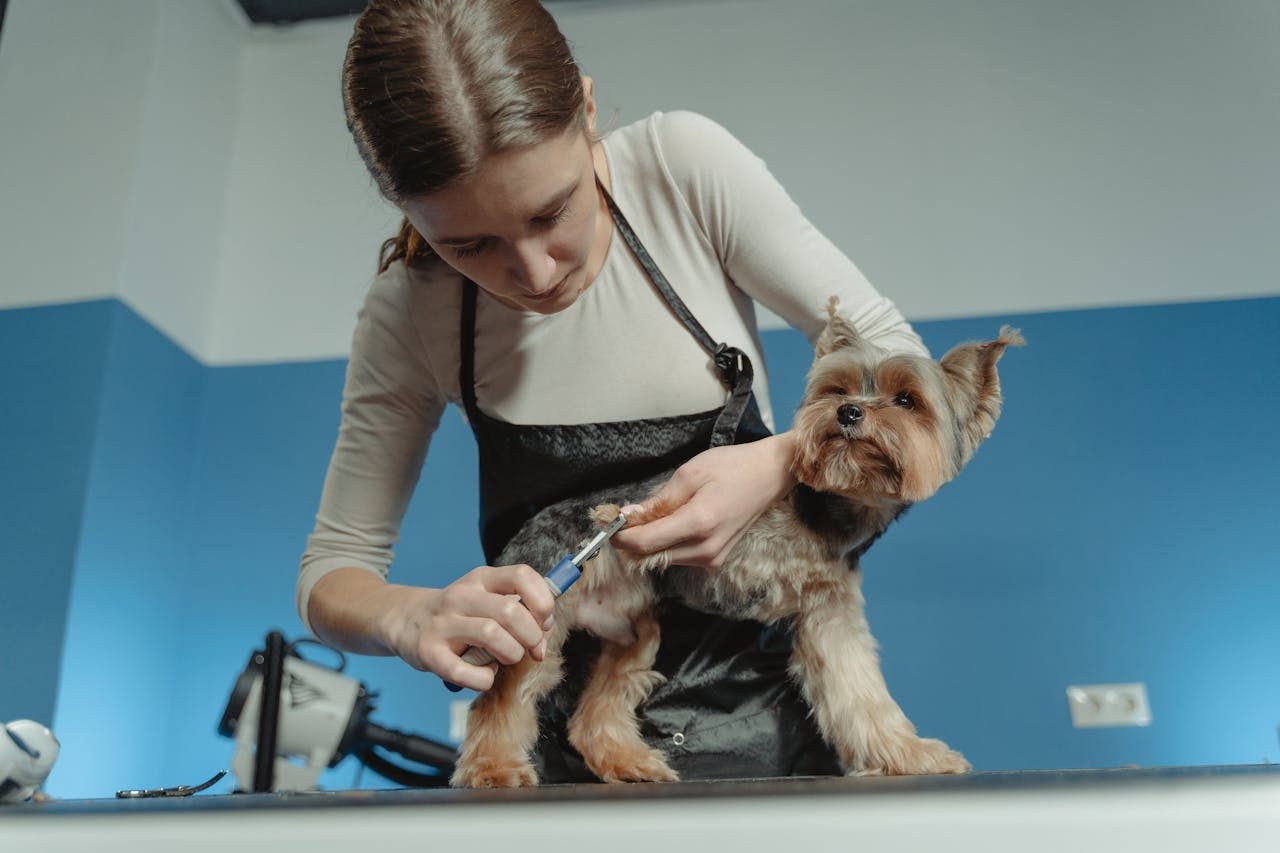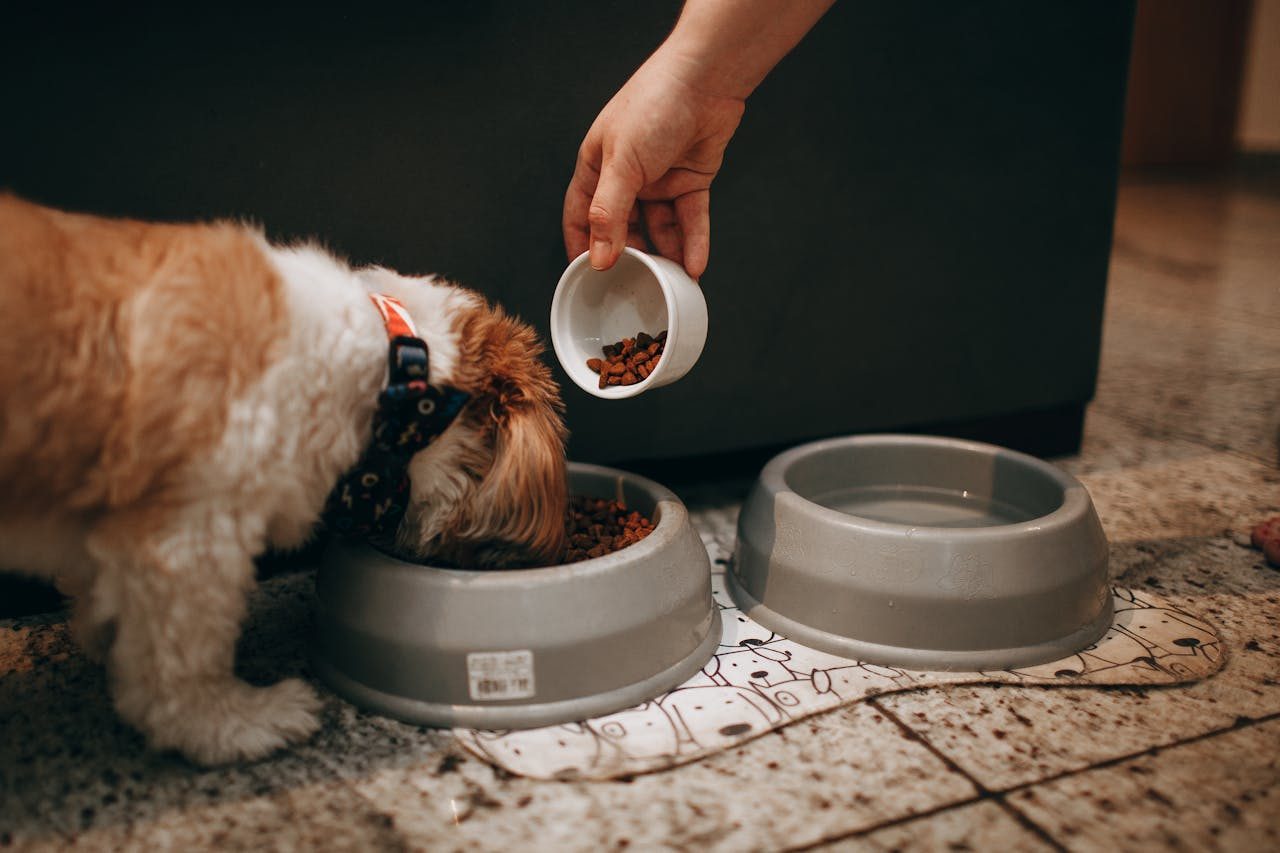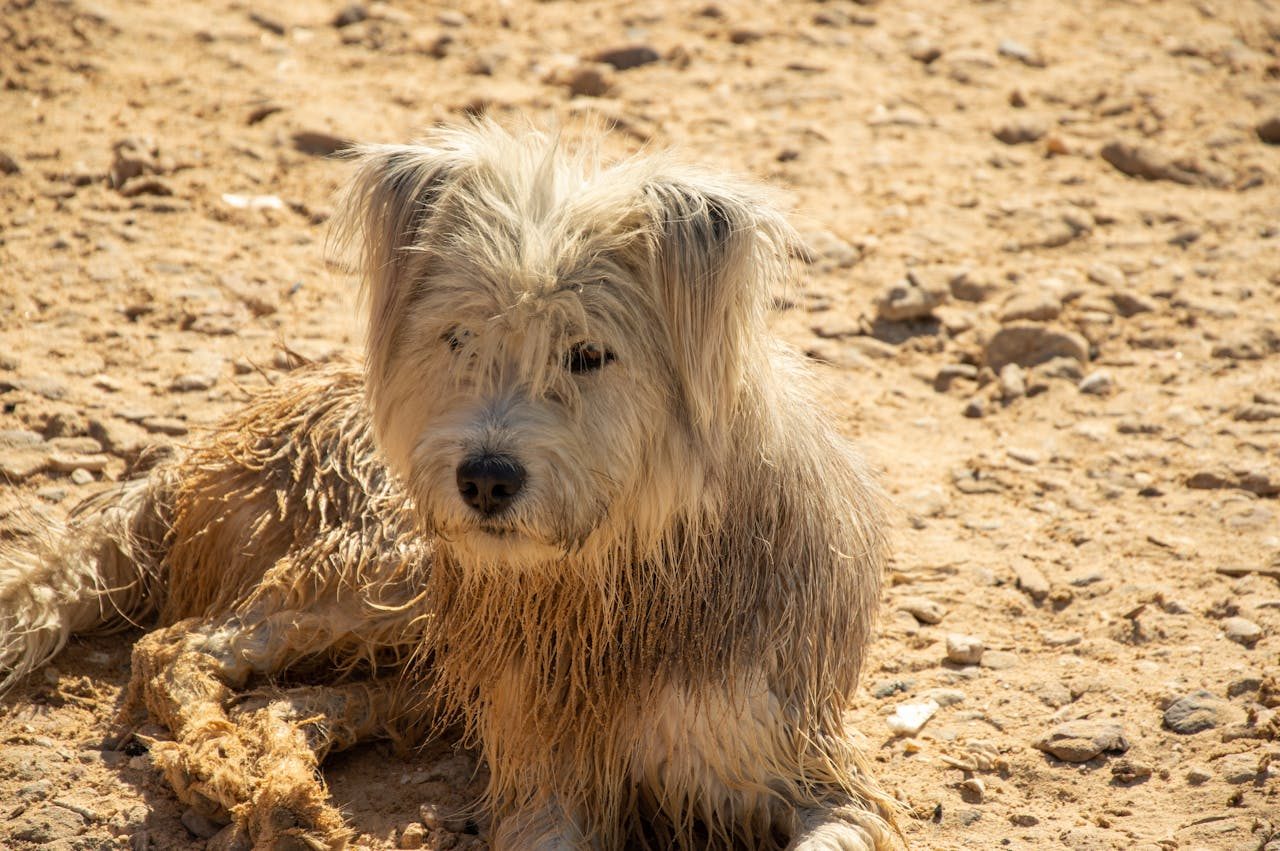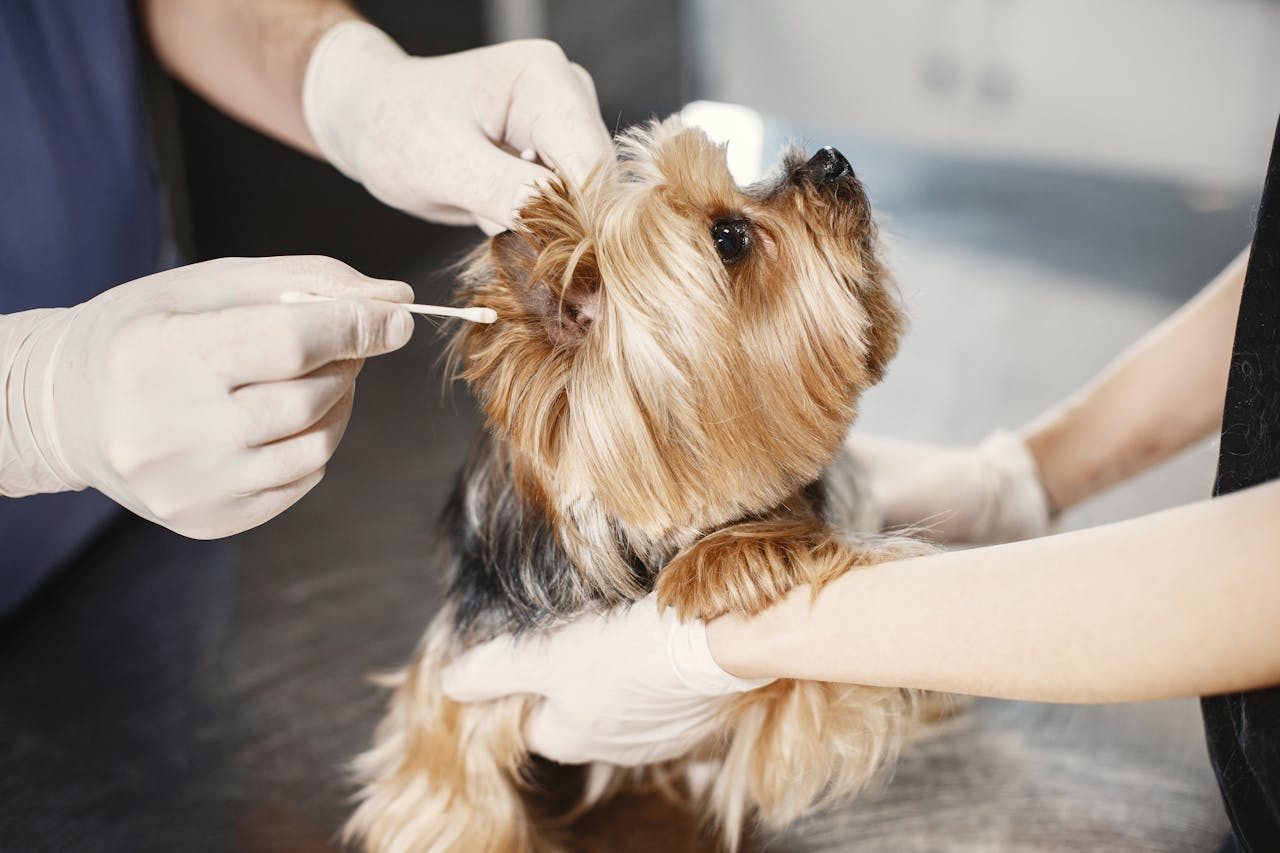Dog Eye Discharge Causes: Symptoms, Treatments & Prevention
When you notice eye discharge in your dog, it can be concerning. You might wonder why dog eye discharge causes and if it’s just a minor issue or something that requires immediate attention. Understanding the causes of dog eye discharge is essential for ensuring your furry friend stays healthy and happy. We’ll dive into the various reasons behind this common symptom, from allergies to infections. By the end, you’ll have the knowledge you need to determine when to call your veterinarian and how to best care for your pup. Don’t let confusion keep you up at night—read on to discover what could be causing your dog’s eye discharge and how to tackle it effectively. Your dog’s well-being depends on it! Common Causes Of Eye Discharge Eye discharge in dogs can result from several issues. Common causes include allergies, infections, or foreign bodies in the eye. Understanding these factors helps pet owners seek timely care for their furry friends. Understanding the common causes of eye discharge in dogs is essential for every pet owner. Eye discharge can range from a minor annoyance to a sign of serious health issues. Recognizing the underlying reasons for this condition can help you determine the appropriate course of action. Allergies Allergies are one of the most frequent culprits behind eye discharge. Your dog might react to pollen, dust, or certain foods. – Symptoms can include watery eyes, redness, and excessive itching. – If you notice these signs, consider monitoring their environment for potential allergens. Has your dog ever had a sudden reaction after a walk? It could be due to allergens they encountered outside. Infections Infections, whether bacterial or viral, can lead to significant eye discharge. – Bacterial infections often produce thick, yellow or green discharge. – Viral infections may cause watery discharge along with other symptoms like fever or lethargy. When my dog had a bacterial infection, I noticed him pawing at his eyes more than usual. A trip to the vet confirmed my suspicions, and prompt treatment made all the difference. Foreign Objects Sometimes, foreign objects like dust, grass, or even small insects can irritate your dog’s eyes. – Discharge may increase in response to this irritation. – You might also notice your dog squinting or pawing at their face. If you suspect a foreign object is the issue, check their eyes carefully. If you can’t see anything or if the irritation persists, consult your veterinarian. Breed-specific Issues Certain breeds are more prone to eye problems. Dogs with prominent eyes, like Bulldogs or Pugs, often experience more discharge. – These breeds may have anatomical features that lead to tears not draining properly. – Regular cleaning can help manage this issue. Have you noticed your breed’s specific tendencies? Understanding these traits can help you stay proactive in your dog’s eye care. Other Health Conditions Underlying health conditions, such as conjunctivitis or glaucoma, can also cause eye discharge. – Look for signs such as redness, swelling, or changes in behavior. – If you notice any unusual symptoms, seek veterinary advice promptly. Being aware of these potential issues can help you catch problems early. Has your dog shown any signs that make you worry? Trust your instincts and consult your vet if something feels off. Recognizing these common causes of eye discharge not only eases your worries but also empowers you to take action. Your dog’s health is in your hands, and being informed is the first step to ensuring their well-being. Types Of Discharge And What They Mean Understanding dog eye discharge is important for pet owners. Different types of discharge can indicate various issues. Recognizing these differences helps in identifying potential problems. Here’s a breakdown of the types of discharge and their meanings. Clear And Watery Discharge Clear and watery discharge is often normal. It can occur due to allergies or irritation. Dust, pollen, or smoke can cause this type of discharge. Monitor your dog for other symptoms like redness or swelling. Thick And Yellow Discharge Thick and yellow discharge signals a possible infection. This type often means your dog may need veterinary care. Look for other signs like redness, swelling, or squinting. These symptoms indicate a more serious issue that needs attention. Green Discharge Green discharge is a serious concern. It usually indicates a severe infection. Immediate veterinary help is crucial. Do not wait if you notice this type of discharge. Bloody Discharge Bloody discharge can be alarming. It may result from trauma or a serious condition. Always consult a veterinarian if you see blood. This symptom should never be ignored. Crusty Or Sticky Discharge Crusty or sticky discharge often builds up around the eyes. It can be a sign of chronic eye issues. Clean the area gently to avoid irritation. Persistent discharge may require veterinary evaluation. Signs Of Eye Problems In Dogs Recognizing the signs of eye problems in dogs is crucial for their well-being. Your furry friend cannot tell you when something is wrong, but their eyes can speak volumes. Knowing what to look for can help you act quickly and protect your dog’s health. Changes In Eye Discharge One of the first signs of eye problems is a change in the discharge from your dog’s eyes. A little bit of discharge, often clear or slightly cloudy, can be normal. However, if you notice: Thick, yellow, or green discharge:This could indicate an infection. Blood-tinged discharge:This is alarming and requires immediate veterinary attention. Excessive tearing:Increased tearing can signal irritation or an underlying issue. Redness And Swelling Redness or swelling around your dog’s eyes is another critical sign. Healthy eyes should have a clear appearance without any inflammation. If you observe: Redness:This may suggest an infection or allergy. Swelling:This can be due to trauma or an allergic reaction. Cloudiness:A cloudy appearance may indicate serious conditions like cataracts. Behavioral Changes Changes in your dog’s behavior can also indicate eye problems. If your dog starts squinting, pawing at their face, or rubbing their eyes, it’s time to pay attention. These behaviors can suggest: Discomfort:Dogs … Read more


